(August 22, 2024) In 1999, the Columbine High School massacre became the deadliest school shooting in the US history at the time. A young Indian-American, Neera Tanden, fresh out of Yale Law School and an aide to President Bill Clinton helped the then-First Lady Hillary draft a policy on school safety. Hillary was impressed, and it marked the blossoming of a close association that would carry on through the decades. It was also a milestone in Tanden’s rise to the topmost ranks of the American political landscape. She currently serves as the Director of the Domestic Policy Council of the United States, and works with Cabinet members and White House officials within the Executive Office of the President of the United States.
Earlier, the Global Indian had served as the Domestic Policy Adviser to US President Joe Biden, working closely with him to craft and implement domestic policy and is the first Asian-American to lead any of the three major White House policy councils. With a decades-long career with think tanks, much of it spent in firm alignment with the Democratic Party and the Clintons in particular, Tanden was named among Elle’s 10 most powerful women in DC in 2014 and to Politico’s 50 in 2016.
“I owe my presence here to the love and support of my family and to the grit and resilience of my mother.” Back in 2021, Tanden described her immigrant story, soon after she became President Biden’s controversial nominee to lead the all-important OMB (Office of Management and Budget). Her story is one of immigrant triumph, of shrugging off stereotypes and finding potential through struggling alone in a foreign land – the legacy that was handed down to Tanden. Today, the Indian-American is one of the US’ best known political consultants, who has served as senior advisor and staff secretary to President Joe Biden since 2021. Tanden has also worked on a number of Democratic campaigns over the last two decades, including that of Bill Clinton in 1992 and Barack Obama in 2008.
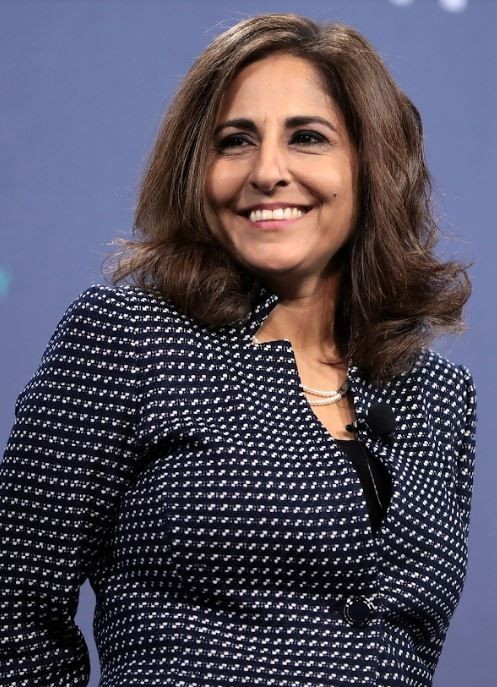
Neera Tanden
The immigrant struggle
Tanden was born in Bedford, Massachusetts, to Indian parents who had immigrated to the US. Her parents divorced when she was five and as she explained, her mother was “faced with a harsh choice – to stay in the US and learn to survive as a single mother in a foreign country, or return to India, where she would have social support but have to raise her children under the stigma of divorce. She chose the former. “She had faith in this country and made the decision – I believe the courageous decision – to stay,” Tanden said.
Life was tough in those days. Tanden recalled relying “on food stamps to eat, and Section 8 vouchers to pay the rent.” In school, she was the “only kid in the cafeteria line who used ten-cent vouchers from the Free Lunch Program. I remember using food stamps at the grocery store,” she said. A couple of years later, her mother found a job as a travel agent, and the family’s circumstances improved, and was able to put Tanden and her brother, Raj, through school. It still meant she would have to work her way through university, which she did. Along the way, she also learned to appreciate her mother’s struggles, saying, “My Indian parents always instilled in me a sense that I could go as far as hard work would take me. Since I realised at a very early stage that I did not belong to a family with many connections, I have worked hard to attain the success I have had.”
After graduating from Bedford High School in 1988, Tanden went to study at the University of California, Los Angeles, in 1988. There, she met the man she would marry, an artist named Benjamin Edwards. She had already found her Progressive leanings and met Edwards when they both joined Michal Dukakis’ (unsuccessful) Presidential bid in 1988. From there, she went to Yale Law School, where she served as submissions editor for the Yale Law & Policy Review and graduated in 1996 with a Juris Doctor.
Bonding with the Clintons
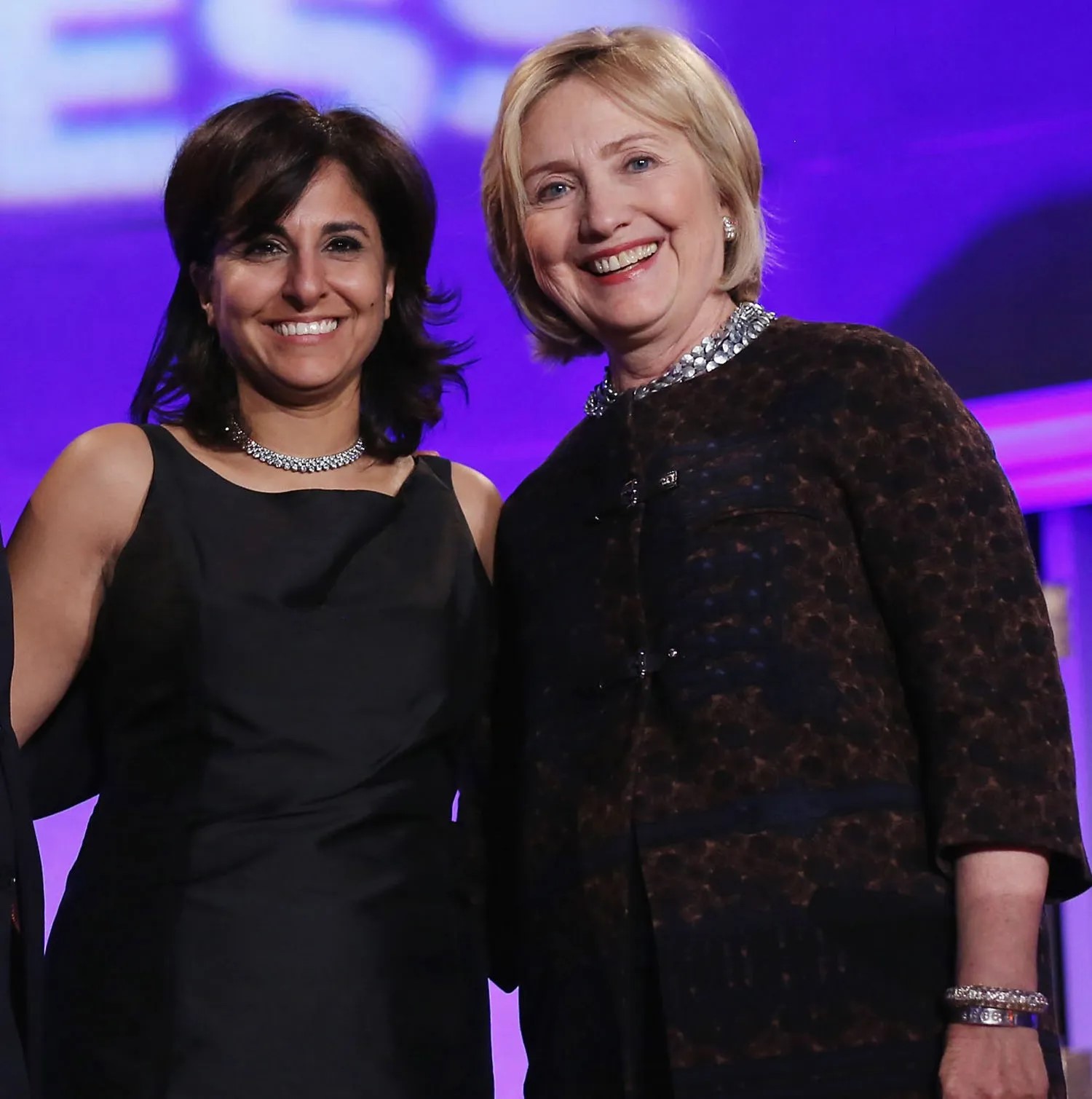
Neera Tanden with Hillary Clinton
Tanden joined former President Bill Clinton’s campaign staff in 1992 gaining such a stronghold with the first family, that Hillary Clinton even threw her a wedding shower in the Yellow Oval Room. In 1999, when Hillary Clinton began exploring the possibility of running for the US Senate, Tanden moved with her to New York, becoming a senior staffer in Hillary’s Senate office. By the time she became policy director of Hillary’s 20008 campaign, she had long since become one of Washington DC’s most powerful women, an outspoken Progressive voice and a “Clinton loyalist.”
When Barack Obama defeated Clinton in the Democratic primaries in 2008, Tanden did a surprising pivot, joining Obama’s presidential campaign after his victory. Recalling her move to Obama’s campaign, she said, “Almost immediately after David Axelrod reached out to me, I reached out to Hillary. And this was literally just days after her concession speech, Hillary said to me, ‘I’m going to do everything I can to get Senator Obama elected and I want you to do everything you can.”
Tanden was made part of the Obama administration and appointed as a domestic policy director. During his first administration, she worked as senior advisor to Secretary Kathleen Sebelius in the Health and Human Services department. She was also deeply involved in what was arguably one of the administration’s biggest schemes, the Affordable Care Act, also known as Obamacare. In 2010, she also joined the Center for American Progress, where she succeeded another longtime Hillary aide, John Podesta, as the organisation’s President and CEO one year later.
Although Clinton and Obama reconciled without too much ill will, Tanden would find herself in a similar dilemma once more in 2016, when Clinton, to whose staff she had returned, stood against Bernie Sanders. At this time, she was heading the liberal thinktank, the Centre for American Progress, and according to GQ, Tanden was “on social media, taking swipes at everyone from Bernie Bros to Shailene Woodley.” Political Twitter was on fire that year, in the run-up to the elections and the subsequent victory of Donald Trump. There were a lot of “go back to India” jibes from Trump supporters, although she would admit that the Bernie supporters were much harsher. “It’s easier to fight your intellectual and ideological opponents than people you consider intellectual and ideological friends,” she remarked. But she participated wholeheartedly in the vitriol – on one occasion, she told Senator Mitch McConnell that he was ‘Lord Voldemort’.
The Biden administration

In 2020, Joe Biden, who described Tanden as being “smart as hell,” nominated the feisty Indian-American to lead the Office of Management and Budget. It was a controversial nomination, opposed by widely by Republicans. “Yeah, I think they’re (Republicans) going to pick a couple of people just to fight (with) no matter what,” President Biden told the New York Times in 2021. Although she received the President’s staunch support, Tanden requested that her nomination be withdrawn after opposition from Democrat Senator Joe Manchin, who said he would not vote in her favour. One year later, she was appointed as a senior advisor to the president and a few months down the line, in October 2021, was named White House Staff Secretary.
Neera Tanden, with her humble beginnings as the daughter of immigrant parents, has scaled the heights of American political landscape, embodying the resilience and ambition of the Indian diaspora. Her relentless climb up the ranks, from a policy aide to the Domestic Policy Adviser, illustrates the potential that exists within every immigrant’s story. Her journey speaks to the resilience of the Indian diaspora in the United States, and her accomplishments solidify her position as a stalwart in the American political arena.
- Follow Neera Tanden on Twitter

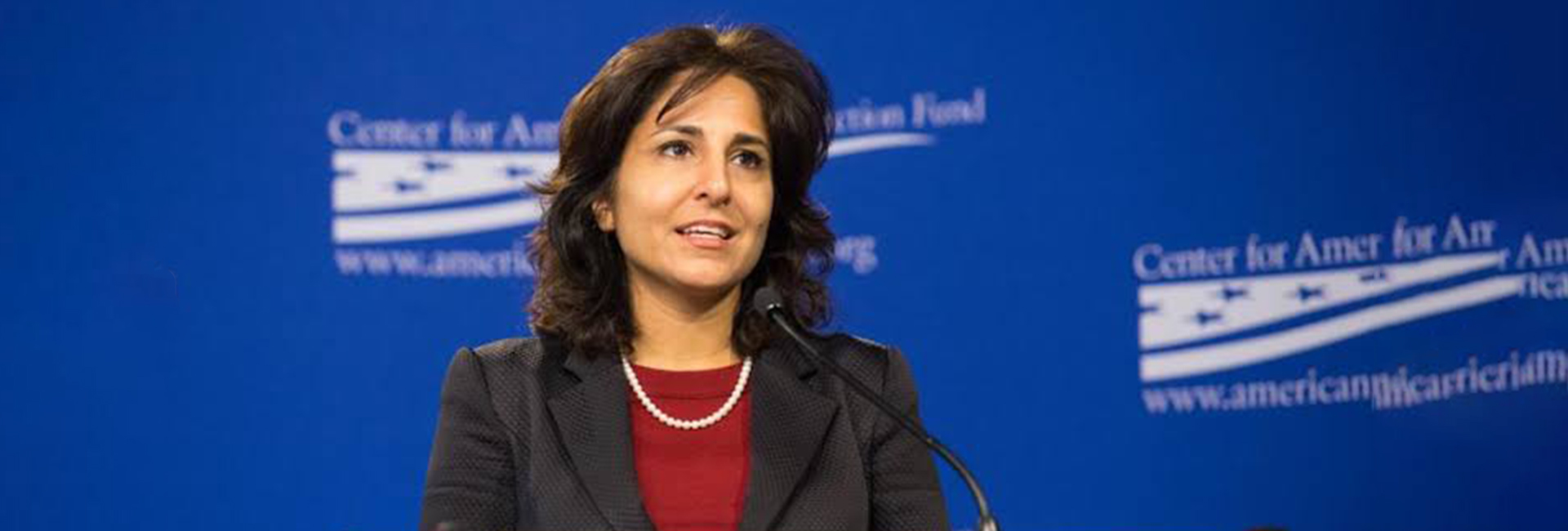


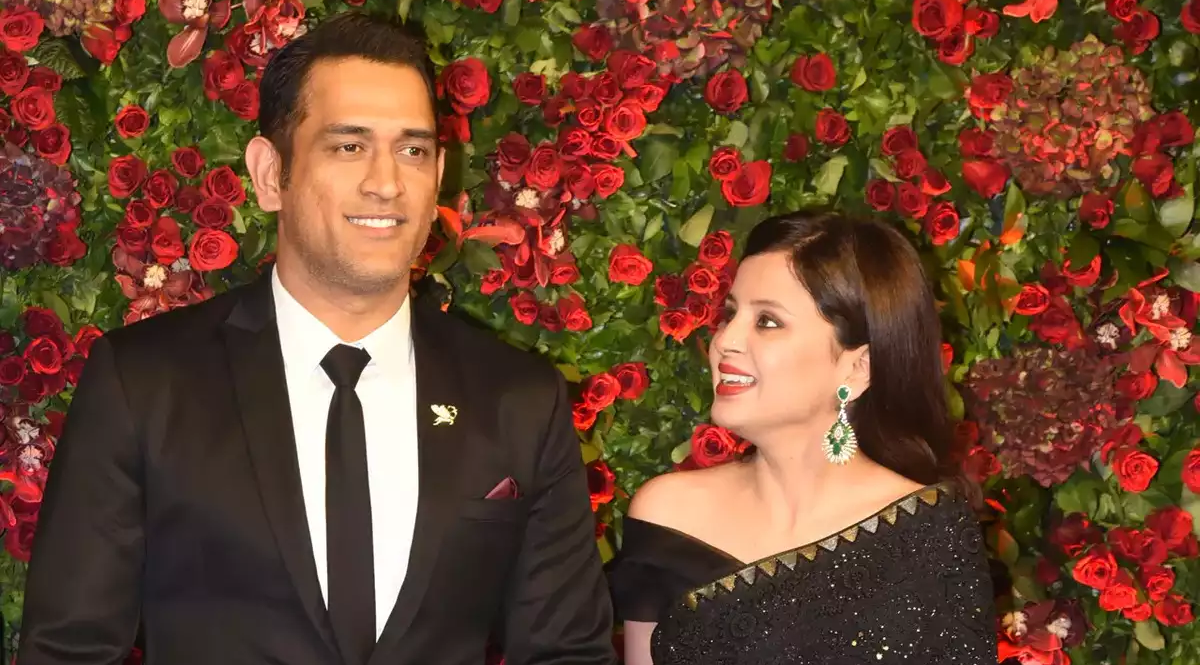




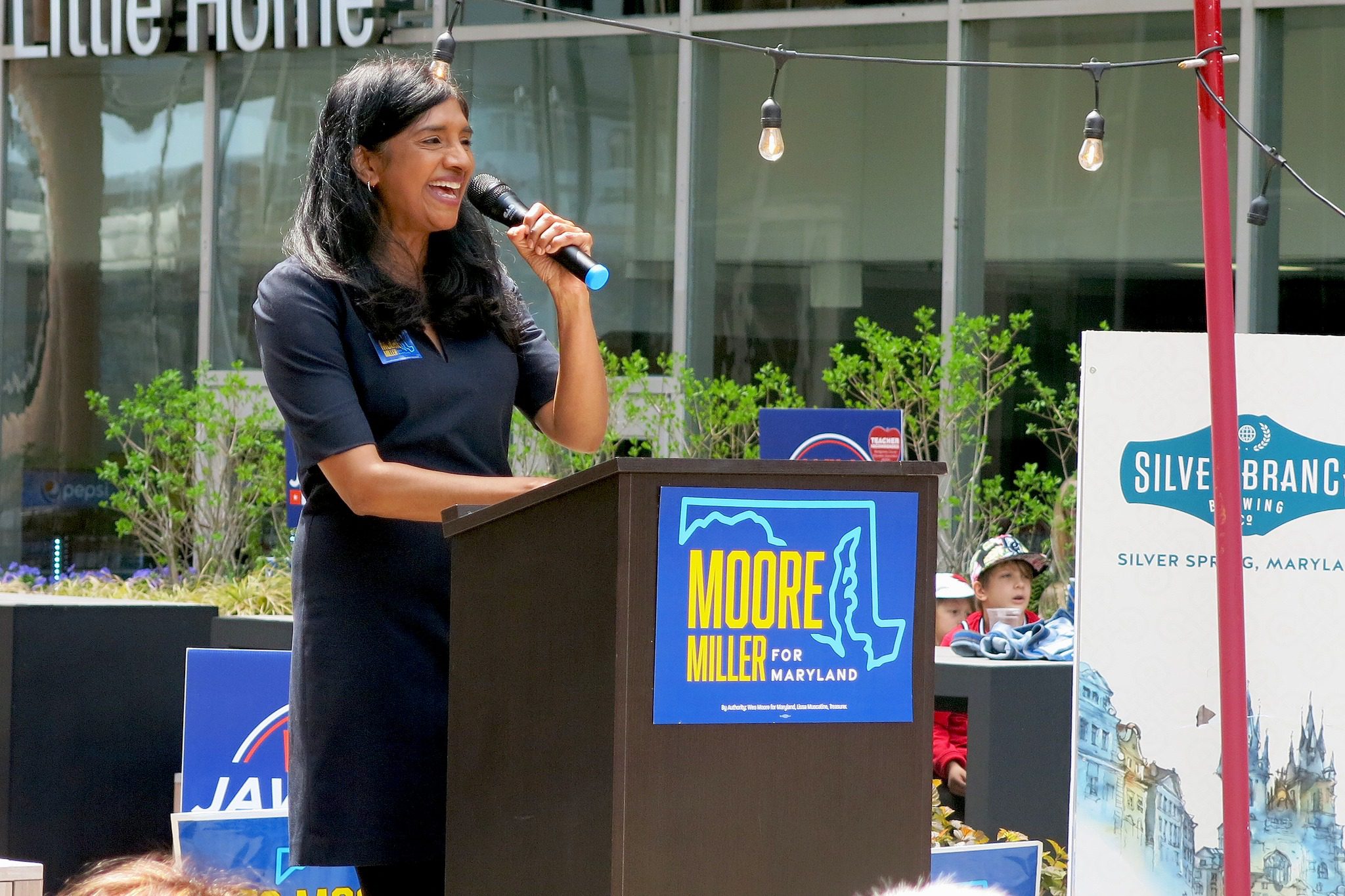 Aruna Miller. Credit: Facebook[/caption]
Aruna Miller. Credit: Facebook[/caption]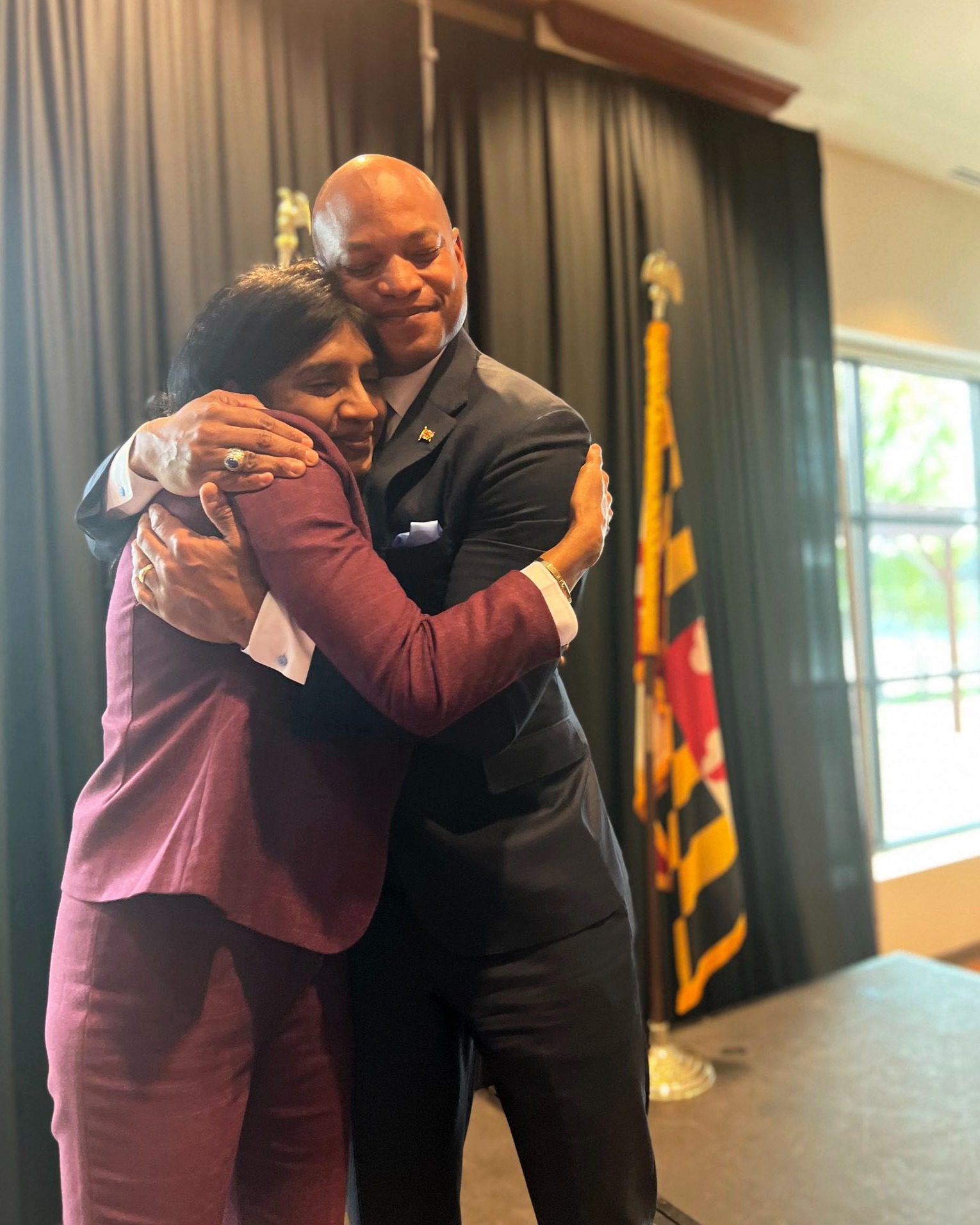 With gubernatorial candidate Wes Moore. Source:
With gubernatorial candidate Wes Moore. Source: 

 Raj Patel with Winemaker Luc Morlet.[/caption]
Raj Patel with Winemaker Luc Morlet.[/caption]

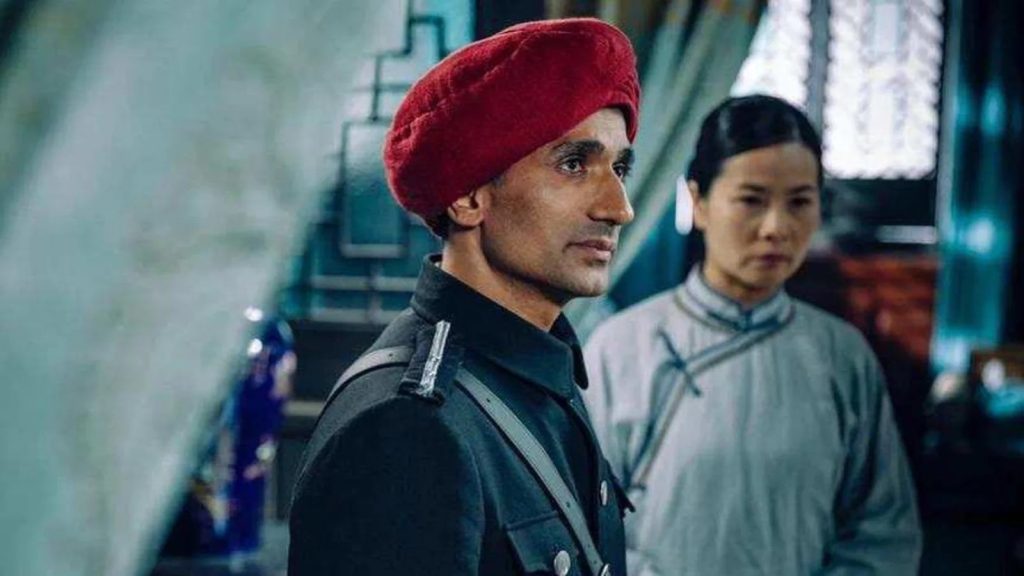
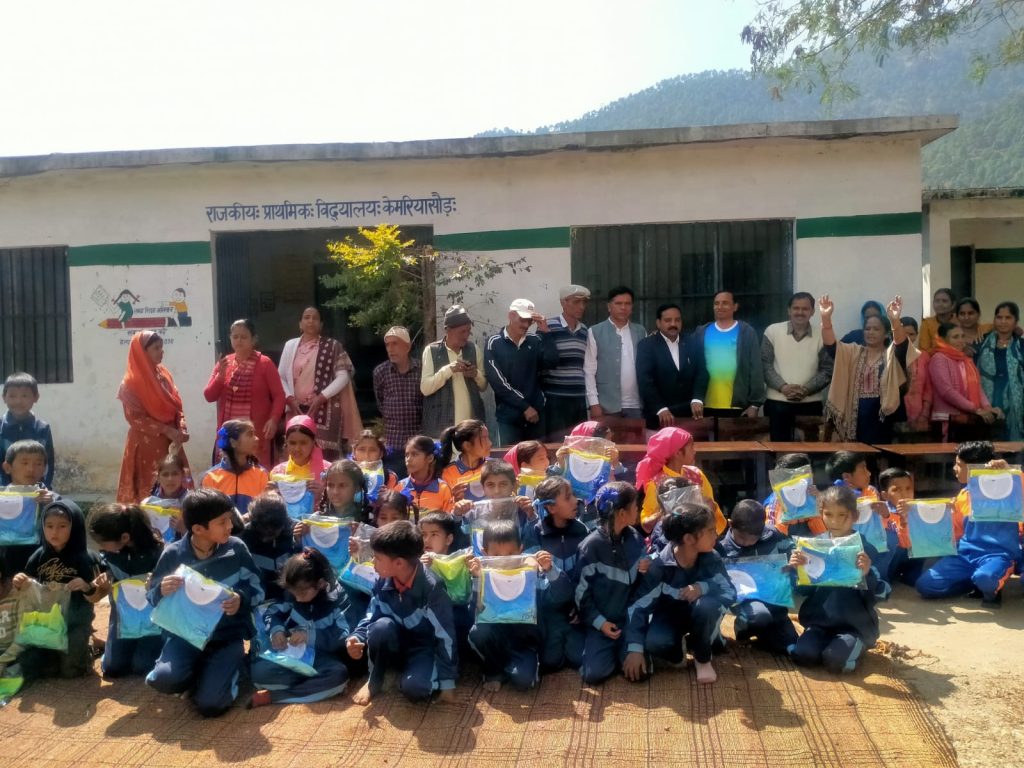 Raturi Foundation[/caption]
Raturi Foundation[/caption]